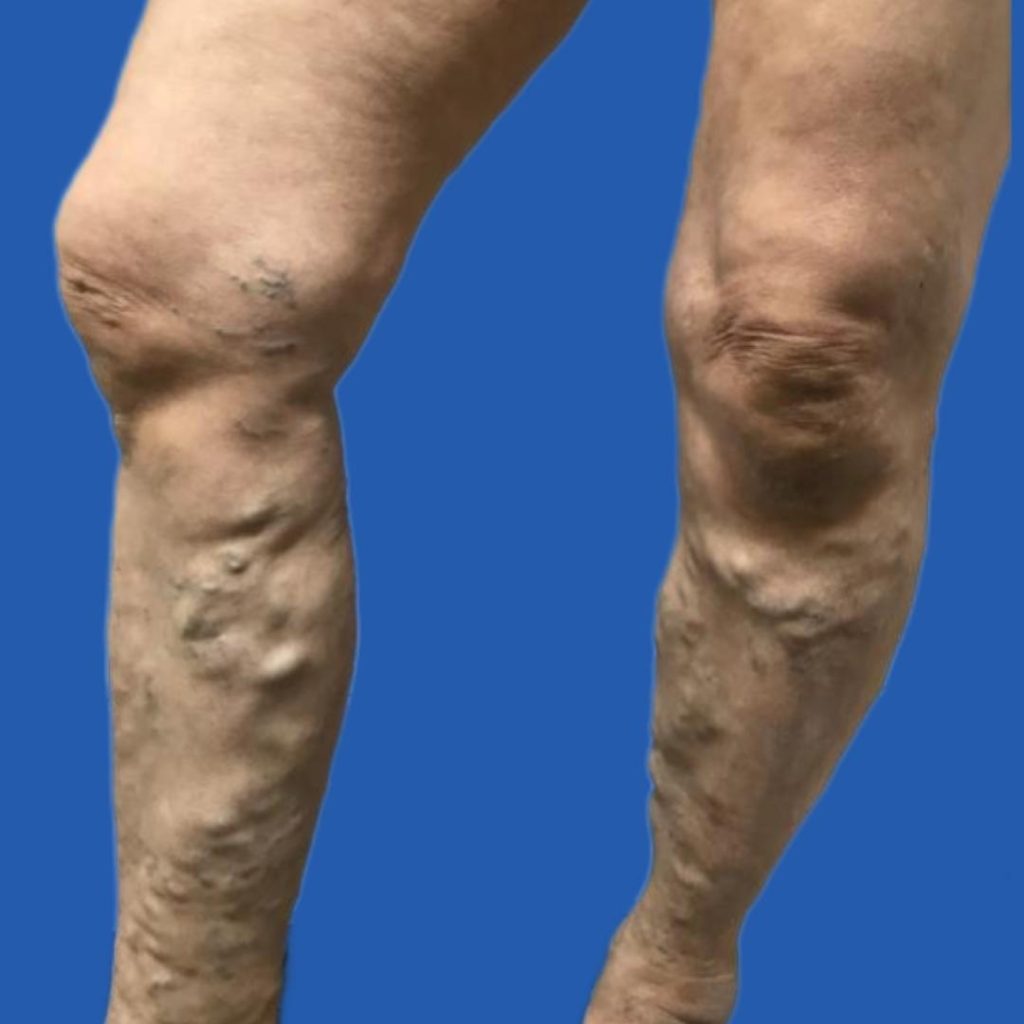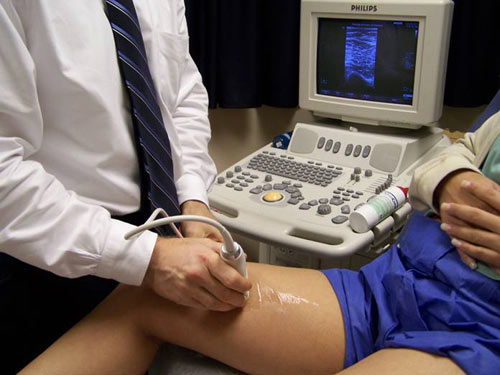varicose veins are:
Varicose veins are a condition characterized by the dilation of veins, primarily attributed to the malfunctioning of valves within these vessels, which allow blood to accumulate. Veins play a crucial role in returning deoxygenated blood to the heart, especially in our lower extremities. In the legs, blood is initially collected in the superficial veins, located just beneath the skin’s surface, before being transported to deeper veins running within the calf muscles. The coordinated muscular contractions of our calves assist in propelling the blood upward against the natural force of gravity. Importantly, one-way valves within these veins work to prevent the backward flow of blood.
However, when these valves fail to function correctly, blood tends to pool in the superficial veins. Over time, these affected veins become distended with blood, resulting in the characteristic appearance of varicose veins—knotty, twisted, and displaying a darkish-blue hue.

cause of varicose veins
Causes of varicose veins and spider veins
We do not know the causes of varicose veins and spider veins. However, in many cases, they run in families. Women seem to get the problem more often than men. Changes in oestrogen levels in a woman’s blood may have a role in the development of varicose veins. Such hormonal changes occur during puberty, pregnancy, breastfeeding and menopause.
Factors that may increase your risk of developing varicose veins include:
- standing or sitting for long periods
- being immobile for long periods – for example, being confined to bed
- lack of exercise
- obesity
- family history
- overweight
- smoking and drinking alcohl
Symptoms of varicose veins
Problems can occur if the faulty valves are located within the veins that go through the calf muscles (deep veins). Associated problems may include:
Complications may arise when malfunctioning valves are situated within the deep veins that traverse the calf muscles. These associated issues may encompass:
Leg discomfort and aching sensations.
Skin conditions, including rashes like eczema.
Discoloration of the skin with brownish “stains,” often caused by the appearance of ruptured capillaries.
Development of skin ulcers.
Formation of blood clots within the veins, a condition known as thrombophlebitis.
Swelling in the affected area.
Cramping and painful sensations in the legs, especially at night.
Occasional bleeding or the emergence of wounds related to the affected veins.
Awareness of these potential complications is essential for early recognition and timely medical intervention to alleviate symptoms and prevent further complications.
Treatment of varicose veins

Step 1 :
Consultation with a Healthcare Professional
Initiate your journey to improved health by scheduling an appointment with a qualified medical practitioner. During this consultation, discuss your medical condition and articulate your symptoms comprehensively. The doctor will conduct a thorough examination to precisely assess your condition
step 2 :
Diagnostic Assessment with Doppler Color Ultrasound
Upon evaluation, your healthcare provider may employ advanced diagnostic tools such as Doppler color ultrasound to meticulously assess the presence of varicose veins. This sophisticated imaging technique aids in accurate diagnosis, enabling the medical team to make informed decisions regarding your treatment.
step 3:
Specialized Treatment for Varicose Veins
In the event of a confirmed diagnosis, your medical professional will recommend an appropriate treatment plan. Options may include surgical interventions or advanced laser treatments, tailored to your specific needs. These procedures are designed to effectively address varicose veins and improve your overall vascular health.

Post-Varicose Vein Surgery Care
Following your varicose vein surgical procedure, anticipate the following post-operative care measures:
Compression Bandaging: Your legs will be securely bandaged to minimize bruising and support the healing process.
Pain Management: You will be provided with appropriate pain-relieving medication to ensure your comfort during the recovery period.
Encouraged Mobility: It’s important to maintain mobility to aid in circulation and prevent complications. You’ll be encouraged to walk around as part of your recovery plan.
These measures are designed to promote your well-being and facilitate a successful recovery after varicose vein surgery. Your healthcare team will provide personalized guidance and support throughout your post-operative journey.
Complications of varicose vein surgery
Varicose vein surgery is considered to be safe, but all surgery has some degree of risk. Possible complications may include:
- Infection, particularly if you had skin ulcers
- Blood clots forming within deep veins
- Bleeding or bruising.
Self-care at home after varicose vein surgery
Be guided by your doctor, but general self-care suggestions include:
- Allow for one (or perhaps two) weeks off work following surgery. You will need to avoid any hard physical exertions during this time.
- Don’t remove your bandages yourself. Leave bandages for your doctor to remove.
- To keep your bandages dry while showering, wrap your bandaged leg in plastic.
- Take at least a half-hour walk every day.
- Sunburn can make scars look worse. Avoid sun exposure if possible for six months.
- Wear a compression stocking for as long as your doctor advises.
- Avoid long periods of standing, or sitting with your legs crossed.
- You may need support stockings if your legs continue to ache
